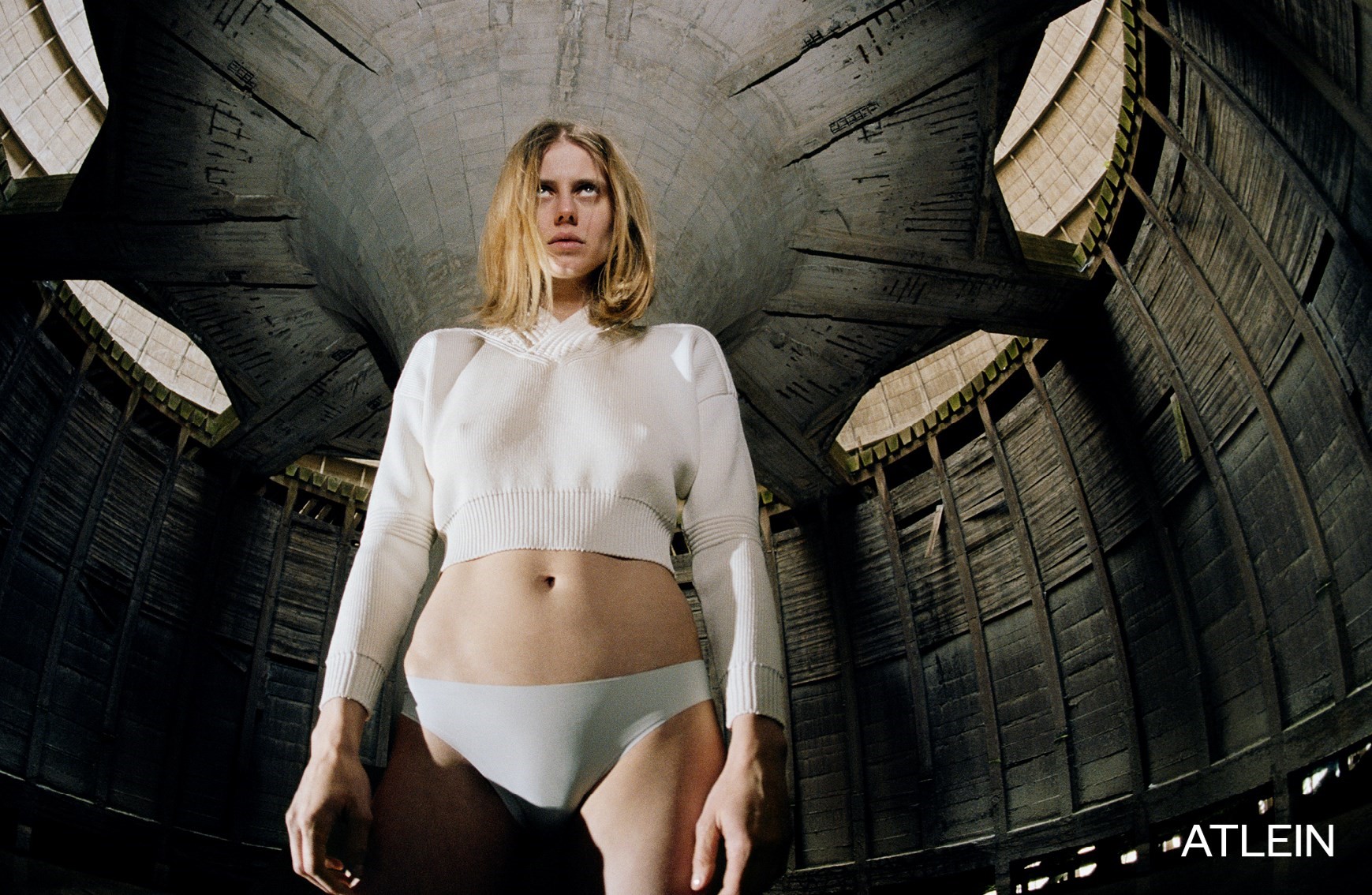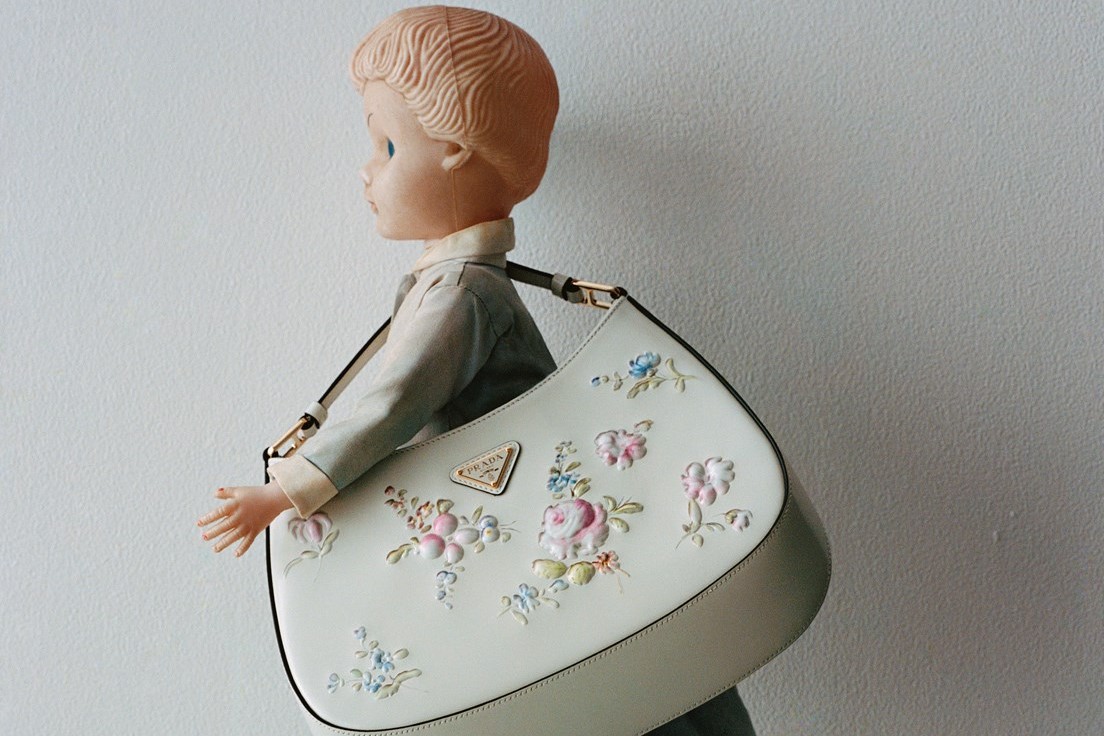AnOther has partnered with 1 Granary to create a series of Emerging Talent pieces, celebrating some of the most exciting upcoming creatives working in fashion design today.
The images are darkly arresting. A young woman hunched and curved into bold shapes in the light and shade of a disused power plant and the waters of the North Sea as the sun sets. The most noticeable component? Her clothes. A warrior whose aesthetic covers retro, classical, and futuristic in a contemporary mélange. It’s no surprise these campaign images, shot by CG Watkins, and art directed by Sacha Quintin and Éric Diulein from Masses, are so cinematic; they were inspired by Andrei Tarkovsky and Ingmar Bergman and the model was chosen for her Sigourney Weaver-esque look. There’s more than a little of the Ripley about these images, catapulted into the setting of Stalker with a (much) better wardrobe.
The designer of these looks and creative director behind the photographs, Antonin Tron, was born in Paris in 1984 and grew up in the world’s fashion capital during the heyday of John Galliano, when fashion was at an apex of glamorous power and celebrity influence. Yet he informs me he was totally un-enthralled by it. “Okay, I was interested in fashion, but in a very distant way,” he concedes. From such beginnings to a place on the coveted shortlist for the LVMH prize, Tron continues to coyly play with the unexpected.
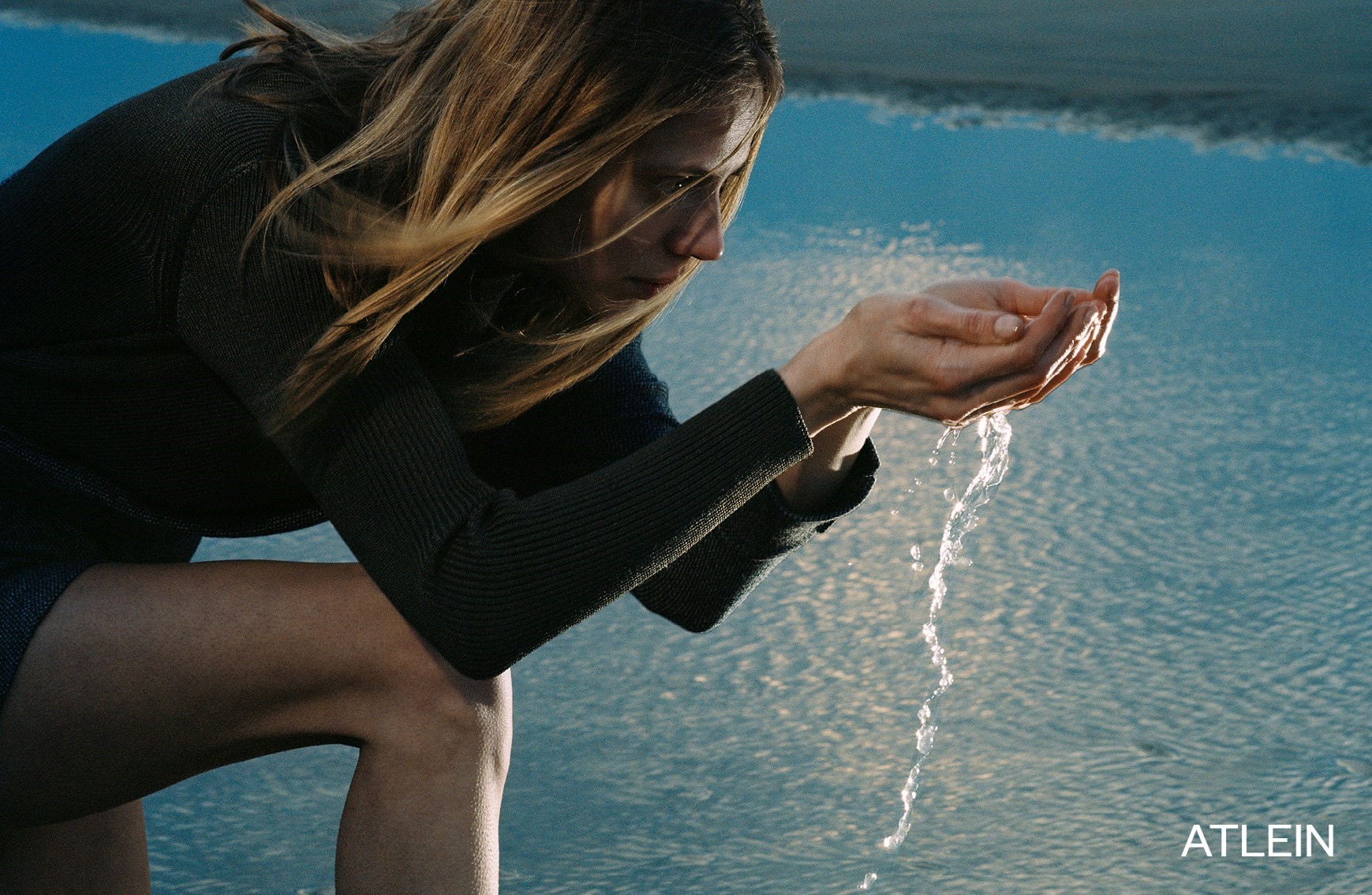
The aesthetic of previous collections, along with this one, is a visual bricolage of references with the requisite amount of understated French sex appeal. Each piece conforms to the cardinal rule of chic: never look as though you’ve tried too hard. An Atlein dress is your look, and you don’t fuck with insouciant perfection. The brand’s aesthetic is undeniably appealing and brings me dangerously close to using the eye-roll inducing term ‘strong woman’. Tron prefers the qualifier ‘modern’ – a word that crops up again and again as we speak. He is disgusted by the appearance of anachronistic corsetry in mainstream fashion, almost disbelieving: “come on, we are in 2017, you don’t have to be restrained by what you wear. [The corset] is a torture object!”
Most of all, the collection feels like an answer for young women who crave a wardrobe with extensive recreational/professional overlap. When streetwear feels too casual and masculine tailoring feels dated or desperate, here is an elegant solution. Atlein promotes an aesthetic that feels natural and fresh, blending an athlete (not an activewear queen) with an ancient Greek goddess, enabling women to define strength in their own terms. It’s a fresh take on clothing that lets you feel in control, or ready to command respect. These are pieces you can work in, dance in, get angry in, or just roundhouse kick an extraterrestrial being in the face in. Above all, Atlein is about women who move. “I design for the idea of the body in motion, quite active and moving around,” explains Tron, an influence visible in the curved lines and accommodating pleats of his pieces.

“I think it’s something that should be celebrated. But I really believe there is no one femininity and there’s no one masculinity. For me, I want to celebrate that woman’s body and a certain idea of femininity” - Antonin Tron
Pleasingly, this powerful aesthetic was born of the shapes and movements of a curved feminine figure, not a toughness borrowed from masculine traditions of military or tailoring, as is so often the route to offering women a more commanding appearance. “I think it’s something that should be celebrated. But I really believe there is no one femininity and there’s no one masculinity. For me, I want to celebrate that woman’s body and a certain idea of femininity.” The choice of brand name itself seems a considered move to allow clients the space to personalise their interaction with his clothing. Tron wanted not a label that bears his name, but that creates “the idea of a space, or an entity that people relate to, so it’s not me. Hopefully it will be a place someday where people can physically visit.”
The aesthetic and attitude is uniquely, toughly exquisite, but the brand is technically brilliant too. There is a careful, deliberate philosophy that underpins the designer’s methods. The first collection Tron released was composed solely of jersey, and he has taken the time to master this fabric before slowly expanding his collection. “The choice of the fabric is the heart of everything,” he explains to me, “and then you work around that. The technical aspects are the beautiful thing about what I do.” His producers have been carefully chosen from those he’s worked with for years and with whom he has developed a strong relationship. Tron has a marked preference for family-run businesses that have purposefully cultivated their savoir-faire and passed it down through generations. Despite a considerable talent for creating clothes, his own wardrobe is composed of pieces from Carhartt, another family-run brand.
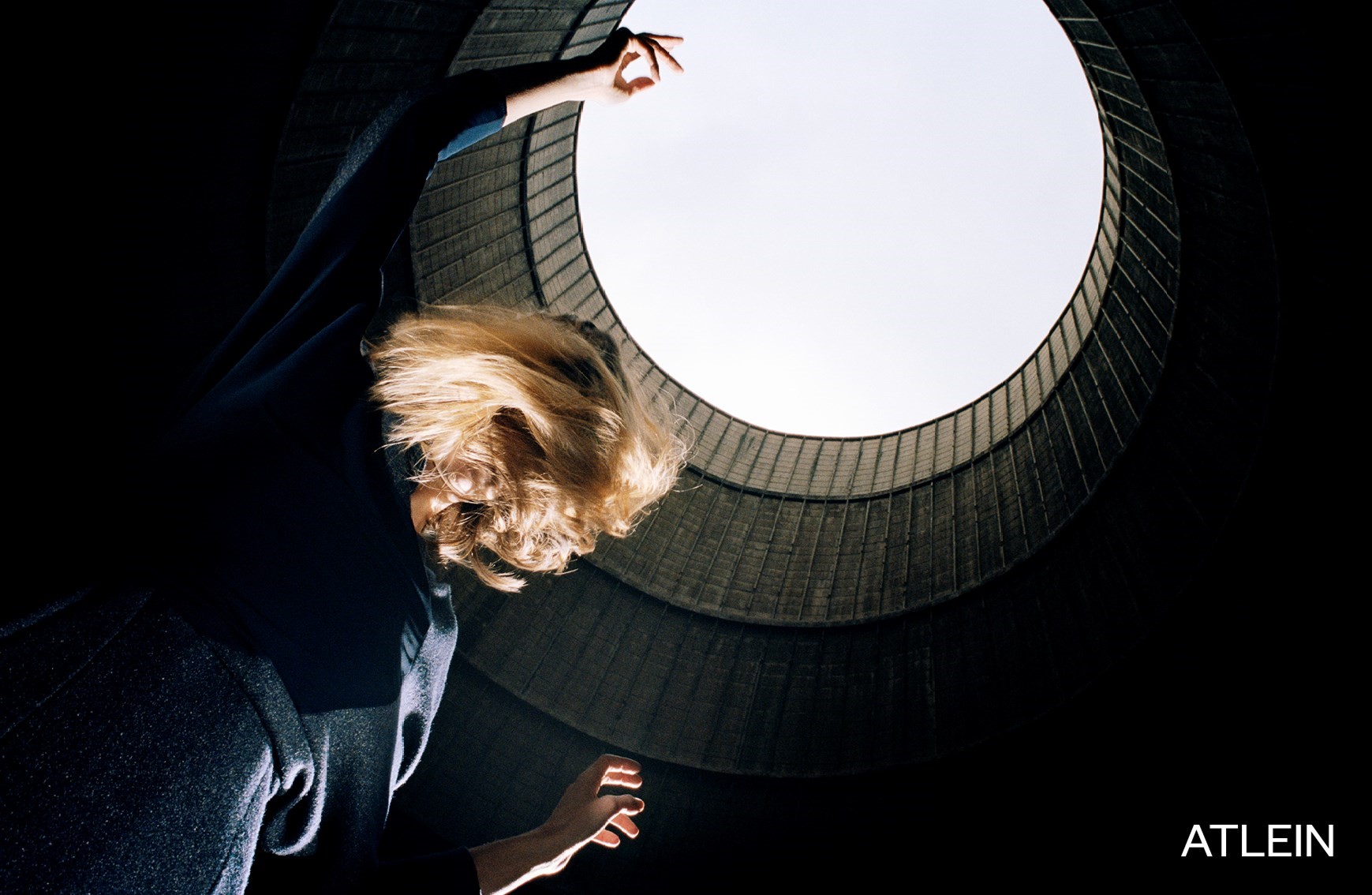
The ability to create something of quality is clearly hugely important to Tron; the idea that each piece should merit its luxury price tag because of the time and craftsmanship invested in it, from the textile sourcing to the meticulous cut and finish. Yet Tron understands that luxury consumers are searching for more than well-made clothes. “Fashion is not just about an object, it’s about the object granting you access to something else, another world,” he says. Tron’s brand is a complex fantasy of cinematic aesthetics and grandiosity with the elusive Gallic cool factor of everyday Parisian life as presented by Jean-Luc Godard. Despite the huge amount of skill put into getting the cut, textile, and design very particularly made, the clothing as a cultural signifier is also key to the designer’s concept: “it’s not only a product. It carries a culture, a culture of making things, of a certain way of living, something very European I believe.”
“Fashion is not just about an object, it’s about the object granting you access to something else, another world” - Antonin Tron
From the beginning of the process to the end, here is a creator who has contemplated every angle of his collection, from raw material to cultural theory. This is perhaps unsurprising considering the young designer first studied literature and cites favourites amongst Jun'ichirō Tanizaki, Lautréamont, and Marguerite Duras. In spite of the creating a brand that has already won the prestigious ANDAM Prix Des Premieres Collection and is currently shortlisted for the LVMH prize, Tron maintains a pleasing aura of humility and serenity. His nomination for the LVMH prize is discussed with a touching practicality as well as an appreciation of the opportunities this recognition would mean: “we’re independent and self-financed with all the difficulties that one encounters, so it [winning] would help a lot…”
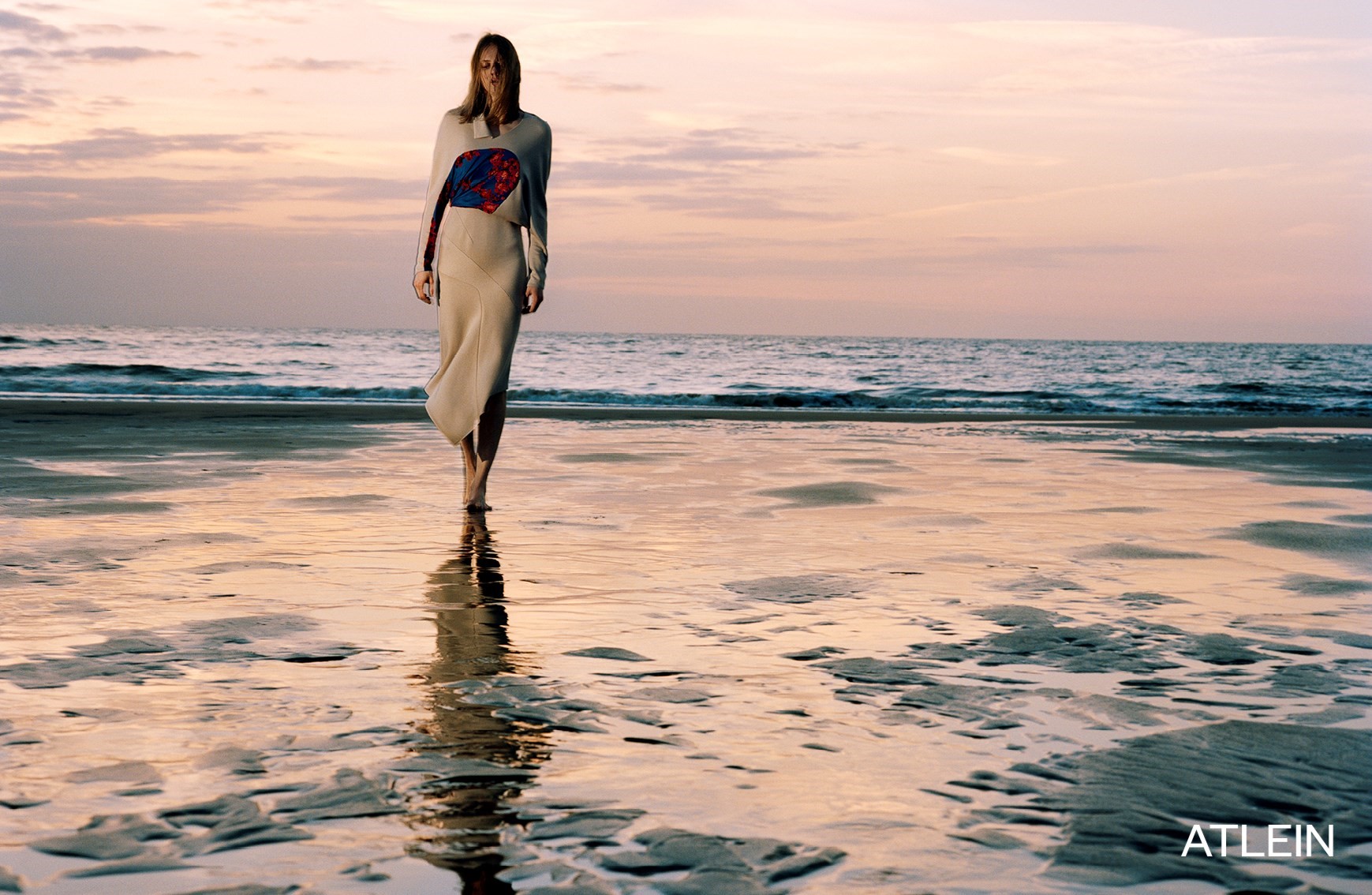
Outside of his role as designer, Antonin the person is considerate, and playful. He apologises genuinely for missing a call, and is jocular and evasive when I try to demand his favourite surfing locales, laughing as he requests, in the charmingly conspiratorial manner only the French can master, “let’s keep it a secret, hmm?” Tron dreams of progressing the brand into a Parisian maison, a fitting goal for someone who has worked with some of the capital’s biggest and most exacting fashion houses over the past few years (a former apprentice of Raf Simons, Tron has also worked with Louis Vuitton, Givenchy, and Balenciaga), and offering a pleasing symmetry to his youthful disdain for an inauthentic Parisian fashion scene. His ambition, as with his dreamy poetic and cultural references, is balanced by a grounded knowledge of hard work that makes his goals look well within reach. “I respect anybody who goes out there and does their own thing and really makes it happen” he acknowledges, “I have total respect for that because I know how hard it is.”
